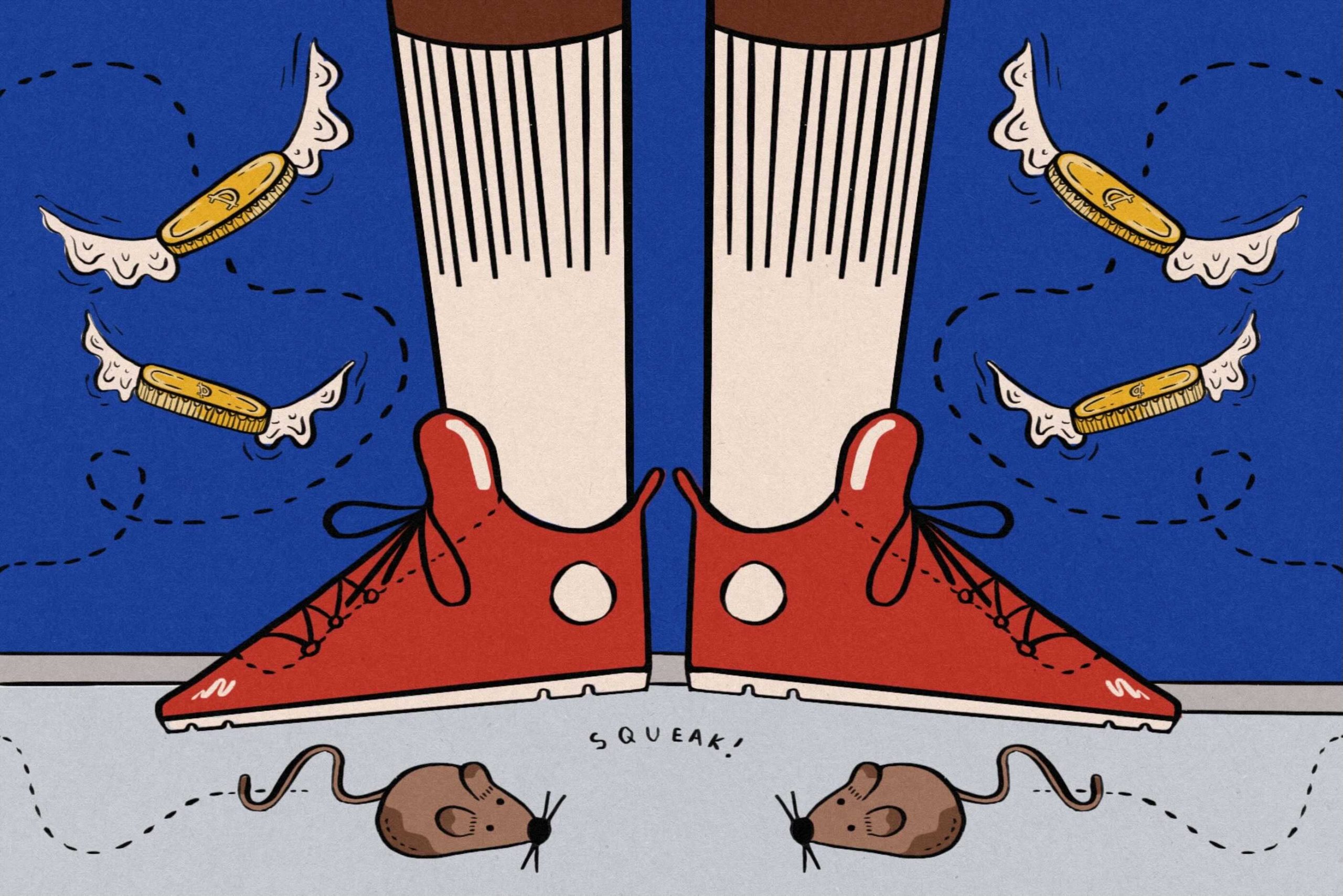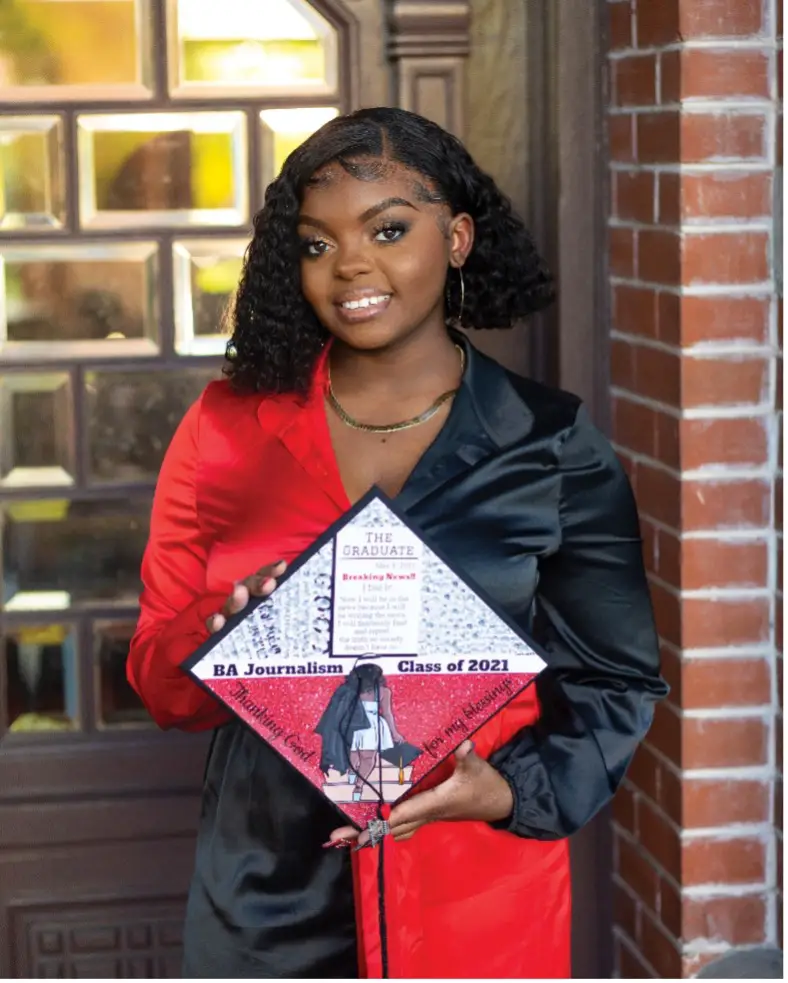In addition to fighting to survive a global pandemic and racial unrest, Black students at historically Black colleges and universities (HBCUs) across the nation are experiencing oppression at the hands of their administrations.
For any college student, finding the perfect college or university is a daunting process. Before graduating from high school, many students travel to and from different states to take campus tours and determine which environments they can see themselves living in for the next four years. Blinded by the excitement of leaving home and attending a university where they will be able to grow more independent, students may not even realize that some of their college tours do not include tours of the student living facilities.
Imagine moving into your assigned dorm room on the first day to be greeted by burst pipes, mice, black mold and mushrooms. Most people would immediately pack their bags and return home, but for many students at Howard University and other HBCUs, the only option, especially for out-of-state students, is to remain on campus and fight for improved living conditions.
On most sites, Howard University ranks as the second-best HBCU to attend in the nation. Students who choose to attend the high-profile university are expected to pay nearly $50,000 per year in tuition unless they receive scholarships and/or financial aid. For housing alone, Howard students can pay up to $9,300 per year.
In October of 2021, Howard University students began sleeping outside in tents and on the floors of a university building to protest the unlivable conditions of the housing facilities. Several students reported flooded dorms as a result of burst pipes; mold and mushrooms growing on walls and ceilings; rat infestations; and air conditioners that contained expired filters covered in mold. While these descriptions are disturbing, they are also unsanitary conditions that have caused serious health concerns for students.
Mold and mushrooms are a result of severe moisture that can be caused by leaky pipes and flooding. According to the CDC, individuals who are exposed to mold may experience shortness of breath, respiratory complications, itchy eyes or skin rashes. The same symptoms can occur within individuals who have been exposed to mushrooms. Mice and insects within a living space can lead to a whole other set of physical illnesses.
The month-long protest at Howard University that attracted national attention was organized by several students who demanded a town hall meeting with the president of the institution, that the university’s administration actively work to improve student housing conditions and that voting power for alumni, students and faculty on the university’s board of trustees be reinstated. Ultimately, Howard agreed to hear their students out and work to address their concerns, but this is not the first time that the student body has had to call on their administration to take action.
In 2012, Howard University was reportedly sued by 19 of its students for mold and infestations of mice and roaches in student housing facilities. Despite the lawsuits, Howard students are still being subjected to deteriorating living conditions.
Howard is only one of many HBCUs to experience infrastructure damage and unsanitary living conditions. Students at Morgan State University have encountered worms in their showers and several students at Tennessee State University have found moldy air conditioning units in their dorm rooms.
Historically, HBCUs have always been significantly less funded than predominately white institutions (PWIs). Most HBCUs are made up of historic buildings and while they cannot be torn down, the institutions still need funding to maintain safe conditions for their on-campus facilities. Predominately Black colleges do not receive nearly as much funding as white institutions, but what happens to all of the money that HBCU students pay to attend their beloved schools if not for the upkeep of student housing?
Any students who have attended an HBCU can tell you just how much pride Black universities take in their athletic teams. In 2007, a survey was conducted among 33 public HBCUs to determine the average salary for football and basketball coaches. The results of the survey concluded that approximately 35% of football coaches at Division 1 public HBCUs earn upward of $1 million per year. Howard University is a private Division 1 school for football, so their football coaches may make twice the salary that public HBCU coaches make.
HBCUs generate a lot of revenue from sports events, but what good does it do for the Black students at those universities if the maintenance of sporting facilities and coaching salaries are prioritized over student housing?
Often, Black students desire to attend HBCUs over PWIs because they want to be part of a community that understands them culturally and will protect them from the racism and oppression that they commonly experience at a PWI. However, Black students across the nation are being oppressed and abandoned by the administrations at their cherished HBCUs. As unfortunate as it is, Black students are forced to advocate for themselves regardless of where they choose to pursue their college degrees. Forced to deal with oppression at both PWIs and HBCUs, Black students are actively shown that their educational experiences, health, mental state and lives will not be valued at any institution they choose to attend.
To make matters worse, many students who attend predominately Black schools are familiar with the infamous runaround that HBCU administrations give students who are seeking to have a problem resolved. More often than not, when Black students at HBCUs reach out to administrators to resolve an issue, administrators take their time getting back to students or refer them to one person after the next. In turn, Black students are forced to be persistent and strongly advocate for themselves when they need issues resolved — including cases involving poor living conditions in student housing facilities. Many students have reported that when they bring up the unhealthy living conditions in dorms, administrators do little to acknowledge or fix the situations.
Students who choose to attend predominately Black colleges should be able to enjoy the HBCU experience without having to fight a month-long battle to obtain basic human rights. If HBCU administrations are not willing to maintain livable housing communities for their students, who can the students turn to for help and protection?

















